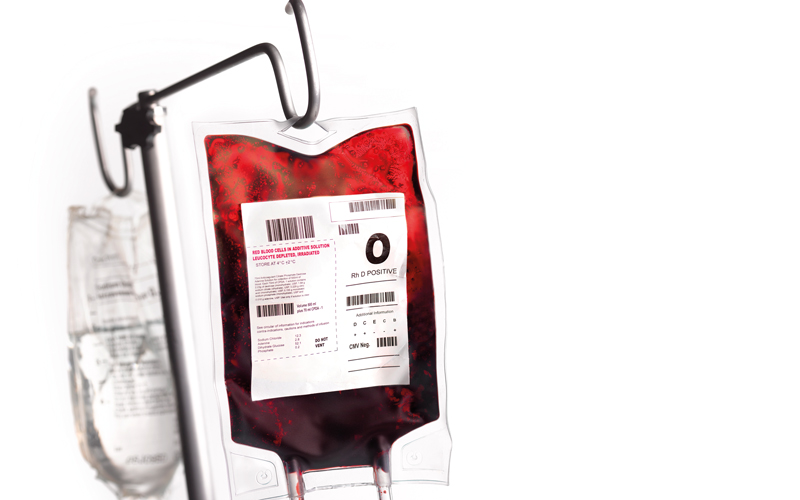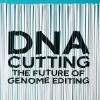Jill Caulfield, Transfusion 2024 Education Development Lead at NHS Blood and Transplant, introduces a “one-stop shop” of training resources.

In 2019, NHS Blood and Transplant (NHSBT) and the National Blood Transfusion Committee (NBTC) published a five-year strategy document, Transfusion 2024, to enhance and improve patient experience and safety. One of the challenges identified was “Increased transfusion laboratory safety”.
Delivery of services from hospital transfusion laboratories to support safe transfusion to patients was highlighted as a concern following a survey performed in 2022 by the UK Transfusion Laboratory Collaborative (UKTLC). In total, 71.6% of laboratories stated that within the last two years it had become more difficult to train and mentor staff. Most had no specific training budget for transfusion, together with ongoing challenges for releasing staff to attend educational events. Respondents were keen to have more access to technology to aid with self-directed learning for staff in training.
A recommendation was produced from the findings: “UKTLC, in conjunction with other professional organisations, should consider providing interactive tools and resources that could be used to support self-directed learning in the workplace.”
Following this recommendation, a working group of clinical and scientific subject matter experts was tasked with developing a “one-stop shop” of already available transfusion resources via a webpage. It would be free to access, available 24/7 and be suitable for all healthcare professionals wishing to expand their transfusion knowledge.
Content varies, appreciating individual learning styles and the amount of time the user has available
The launch of the new Transfusion Training Hub, currently hosted on the NBTC website, was on April 8.
Content delivery within the hub varies, appreciating individual learning styles and the amount of time the user has available. Direct links to documents, videos, podcasts, websites, webinars and e-learning platforms have been hand-picked with a mix of audience in mind.
Approved courses and qualifications are signposted together with a complexity scale designed to inform the user of the level that they are pitched at, beginning at “foundation”, progressing onto “intermediate”, “in-depth” and finally “expert”. These levels are depicted as light bulbs next to each link, allowing the learner to progress at their own pace.
The transfusion content is divided into sections and includes blood donation, component manufacturing, laboratory testing and serological techniques, appropriate use and patient consent, component selection and special requirements, haemovigilance, governance and incident management, as well as career progression and continuing professional development (CPD).
Stakeholders – including transfusion laboratory managers, biomedical scientists, transfusion practitioners and a patient/public representative – piloted the site, providing encouraging feedback. They found it to be a useful, reliable tool that could be easily incorporated into a staff training plan. The hub has been promoted both internally and externally via various media platforms and committees, reaching almost 10,000 views in the first month, and is currently visited on average 120 times per day.
Hopefully, future UKTLC surveys will acknowledge the increase in the availability of self-directed learning tools and results from laboratories will be promising. Provision of this educational tool from Transfusion 2024 will not provide all the answers, but will hopefully ease some of the pressures around training staff and contribute towards a more skilled, knowledgeable workforce, thereby increasing patient safety.
To access the hub and resources, visit bit.ly/3RwAnr9
Image Credit | Getty




